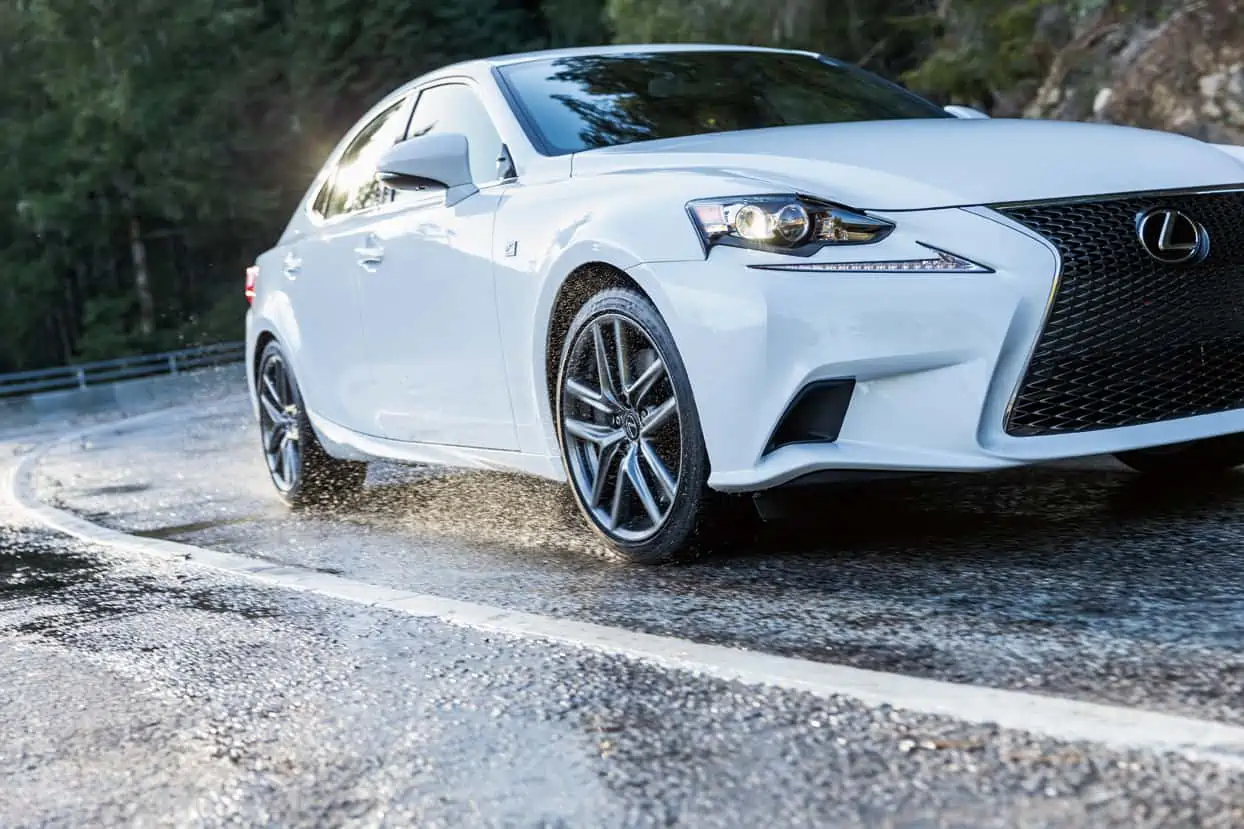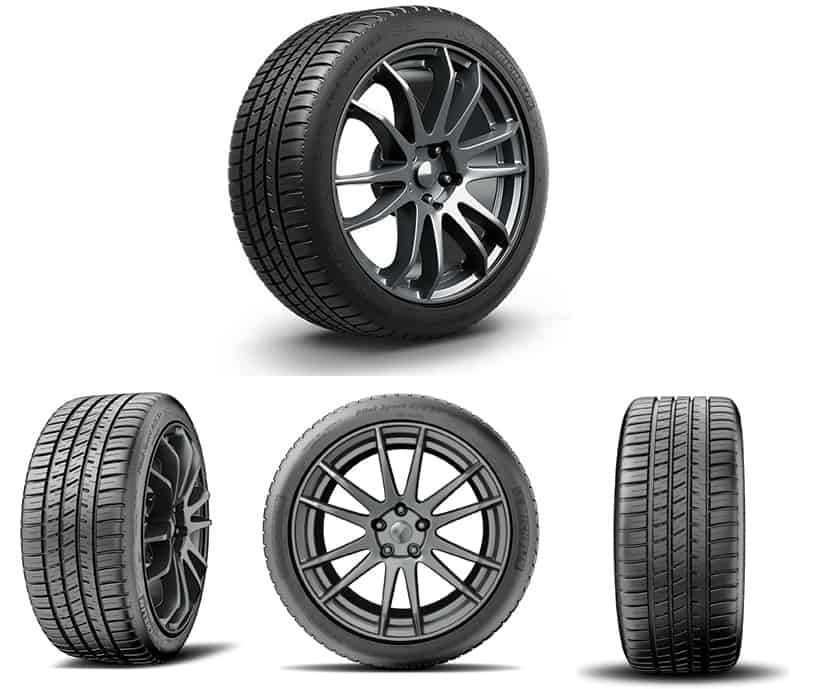This is a sponsored post written by me on behalf of Michelin. All opinions are 100% mine.
Tires are pretty underappreciated as far as car dynamics go – and I must admit I was firmly amongst the uneducated car enthusiasts previously – believing that car tires had little to no effect on overall dynamics.
That was until we received a set of new Michelin Pilot Sport A/S 3+ tires for our unofficial company car, a 2014 Infiniti Q50S AWD. I immediately noticed the way the car performed better in the corners, improved braking in dry and wet conditions, and the reduction in tire noise compared to the tires that came with the car. Here I’ll tell you about the science behind this and why really, despite geeking it up on car related research, the best gauge of how a vehicle’s dynamics have changed is in the driving experience.
Replacing the tires that a car comes with from the factory with a good set of tires from a well-known tire manufacturer, like Michelin, can drastically alter the cornering, braking and, ultimately, the overall dynamics of a car.
To appreciate the contrast of performance tires when compared to the bog standard, we need only look to the ultimate example: professional racing. The wide surface area and design of tires on race cars delivers ultimate traction (for anyone who was paying attention in Physics, this will all sound pretty familiar). Oh, and the difference between the faster softer tires and the harder prime tires demonstrate that all important factor of grip. All in all? The tires on those shiny race cars are a seriously important contributor to the dynamics of the ride – effectively sticking the car to the race track.
However, wider tires doesn’t always mean more grip, you should always stick to your car maker’s suggested tire size. The different compounds of racing tires: hard, medium, soft, and super soft, each performs differently and is used strategically by the teams, for example, harder tires for longer distance and softer tires for faster times.
The same applies to street tires. Summer-only tires give you more grip but they don’t last as long. That’s why I liked the performance of the Michelin Pilot Sport A/S 3+ tires. These tires perform great in dry summer conditions, but they also give you added grip in the wet (read our review of the A/S 3+ here). The Pilot Sport A/S 3+ tires have shorter braking distance in the dry and wet compared to other tires in this class, shorter braking distance means carrying more speed into the corner on the track or if you don’t go to the track, then you stop faster in those unexpected road hazard conditions. The Pilot A/S 3+ tires should satisfy all your driving needs in the summer, fall, and spring season. Of course, you should always use winter tires for driving during the colder months of the year.
Final Thoughts
I hope you’ve learned a thing or two about tires from this post, I’ve spent quite a few hours looking into tire performance and I personally feel better educated about tires even with all the technical jargon. For more information on the latest all-season Michelin Pilot Sport A/S 3+ tires, visit michelin.ca.


